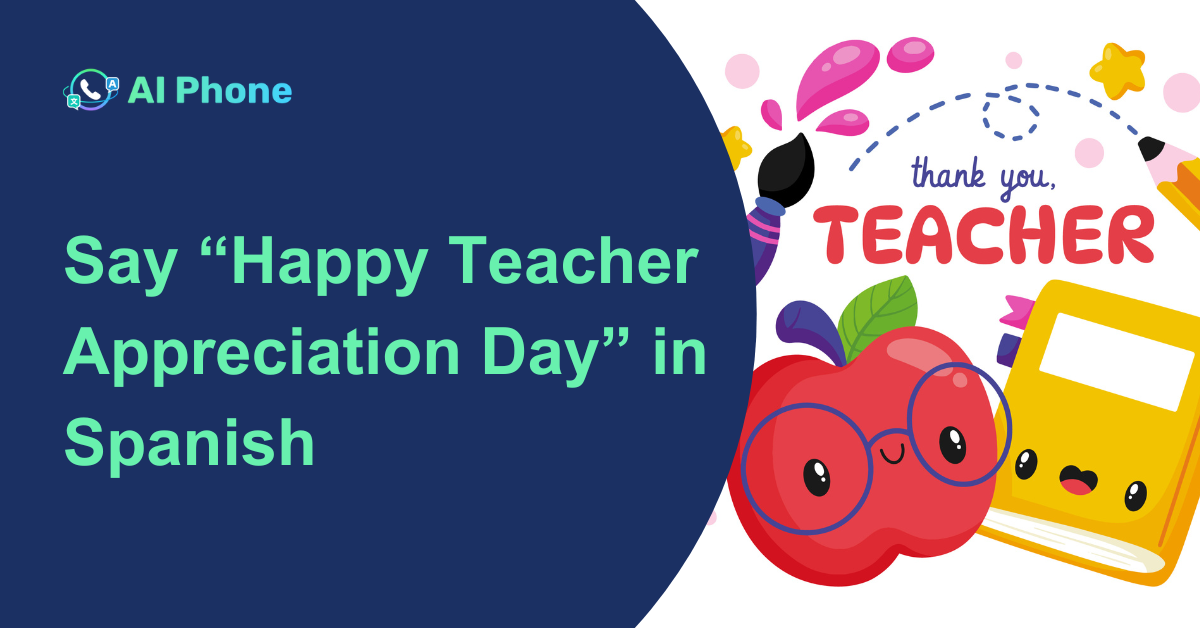In our increasingly globalized world, language has become more than just a communication tool—it’s also a social, political, and cultural identity marker. But while most people can identify a “language,” the term “dialect” remains ambiguous. What really separates the two? Why does the distinction matter, especially for immigrants, international professionals, or multilingual families? And how can technology like AI Phone help bridge these gaps?
Let’s dive in.
Introduction: Why the Difference Matters
If you’ve ever tried to speak Mandarin in Hong Kong or Castilian Spanish in Mexico, you may have quickly realized that sharing a “language” doesn’t always guarantee mutual understanding. In practical settings—doctor visits, legal calls, business negotiations—misunderstanding a regional dialect can have serious consequences. That’s where knowing the distinction between language and dialect becomes crucial, especially when choosing tools for real-time translation.
What Is a Language?
A language is typically defined as a system of communication that follows a standardized grammar, has a writing system, and is often recognized by a political or cultural body. Languages are usually mutually unintelligible—meaning speakers cannot understand each other.
Examples of widely recognized languages:
- English
- Arabic
- Spanish
- Mandarin Chinese
These are codified, taught in schools, and used in official settings. However, even within a single language, there can be substantial variations.
What Is a Dialect?
A dialect is a regional or social variation of a language. It includes distinct pronunciation (accent), vocabulary, and sometimes grammar. Dialects are usually mutually intelligible—at least to a degree—but can vary enough to cause confusion.
Examples:
| Language | Dialects/Subtypes | Notes |
|---|---|---|
| Mandarin Chinese | Sichuanese, Northeastern Mandarin | Pronunciation and word use differ significantly |
| Spanish | Mexican, Andalusian, Rioplatense | Vocabulary and intonation vary by region |
| English | British English, American Southern | Grammar and idioms may differ |
In some cases, what’s called a “dialect” may be so distinct that it feels like a separate language to outsiders. For instance, Cantonese and Mandarin are both forms of Chinese, but are not mutually intelligible when spoken.
Are Dialects “Lesser” Than Languages?
Absolutely not.
The term “dialect” often carries a misleading connotation of being less valid or “informal.” But linguistically, dialects are neither inferior nor incomplete. In fact, some dialects are older or richer in oral traditions than their standardized counterparts.
However, the status of a dialect is often determined by social and political power, not linguistic merit. For instance:
- Norwegian and Danish are considered separate languages, yet are mutually intelligible.
- Mandarin is promoted as China’s official language, despite millions of native Cantonese speakers.
Why the Line Between Language and Dialect Is Often Blurred
There’s a famous quote in linguistics:
“A language is a dialect with an army and a navy.” — Max Weinreich
This highlights how political recognition often defines what we call a “language.”
Some borderline cases:
- Hindi and Urdu: Almost identical in grammar and spoken form but treated as separate due to script and national identity.
- Serbian and Croatian: Politically distinct, but largely mutually intelligible.
This ambiguity creates real-world challenges—especially in translation and cross-cultural communication.
Challenges in Multilingual Communication
Even if you “speak the language,” regional dialects can lead to miscommunication. Let’s take an example:
Fatima, a Spanish-speaking immigrant in Los Angeles, called a government hotline using formal Castilian Spanish. The representative, a Mexican native speaker, used informal Mexican Spanish peppered with local slang. While both spoke “Spanish,” they struggled to understand each other clearly.
These micro-level differences impact:
- Doctor appointments
- Legal consultations
- School interactions
- Workplace communication
And unfortunately, many translation tools fall short in dialect-level nuance.
How AI Phone Helps Bridge Dialect and Language Gaps
Unlike traditional translation apps that rely on standard dictionary-based systems, AI Phone is designed to handle the real-life complexity of dialects and regional variation.
Here’s how:
✅ Real-Time Voice Translation During Phone Calls
Users speak in their native language or dialect during a phone call. AI Phone translates both sides of the call instantly—supporting over 150 languages and dialects.
✅ Dialect Coverage Matters
Whether you’re speaking Cantonese, Colombian Spanish, or a regional variant of Arabic, AI Phone strives to preserve context and tone rather than simply substituting words.
✅ Compatible With Popular Apps
AI Phone integrates seamlessly with WhatsApp and WeChat, allowing real-time voice and video translation within commonly used platforms. No need for special equipment or a complicated setup.
✅ Use Case: Immigrant Professional
Ahmed, a truck driver in the U.S., frequently uses WhatsApp to coordinate delivery logistics with clients in rural Mexico. AI Phone helps him navigate regional Spanish dialects, ensuring smooth and professional conversations.
✅ Bonus Features:
- Voice cloning: Hear your own voice in another language.
- Conversation summary: Get a quick recap of the translated call.
- Face-to-face, text, and image translation: For use beyond calls.
Conclusion: Respecting the Diversity in Language and Dialect
Understanding the distinction between language and dialect isn’t just an academic exercise—it has real-world implications for how we interact, translate, and connect with others.
In a world where a misinterpreted word could lead to a missed opportunity, tools like AI Phone help bridge the gap—making sure your voice is heard and understood, no matter the dialect.
Learn more and start your free trial today at www.aiphone.ai

